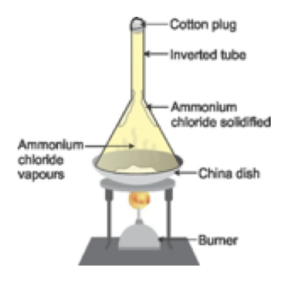Reversible Reactions (GCSE Chemistry)
Reversible Reactions
Reversible Reactions
- Reversible reactions occur forwards and backwards. Some reactions are known as reversible reactions, as they can occur in both a forwards and a backwards direction.
- Reversible reactions have a sign. The sign for a reversible reaction is: “⇌”
- Products can form reactants. During a reversible reaction, the products are able to react with each other in order to re-form the reactants. This means that the reaction can occur in either direction.
- A double headed arrow represents reversible reactions. As we’ve just seen, reversible reactions can occur in either direction.

Here, A + B react to form C + D, as would occur in a normal reaction. However, C + D can also react together to form A + B again.
Changing Conditions
The Effect on Reversible Reactions
- Reaction directions can shift. Depending on the amount of products and reactants present, the direction of a reaction can change. For example, in the last section, if there was a greater amount of A + B present in the mixture, then the forwards reaction would speed up.
- Conditions affect the direction of a reversible reaction. Different reactions occur at different optimum conditions. One particular direction of the reaction may occur best at certain temperatures, or at certain pressures. By changing the conditions, we can alter the direction of a reaction.
- Examples of a reversible reaction. Ammonium chloride is a white solid. When it is heated it forms ammonia gas and hydrogen chloride gas. When ammonia gas and hydrogen chloride gas cool they react to reform ammonium chloride. This can be seen to happen if a funnel is placed over the heated ammonium chloride. A white solid is formed on the surface of the funnel.






Still got a question? Leave a comment
Leave a comment